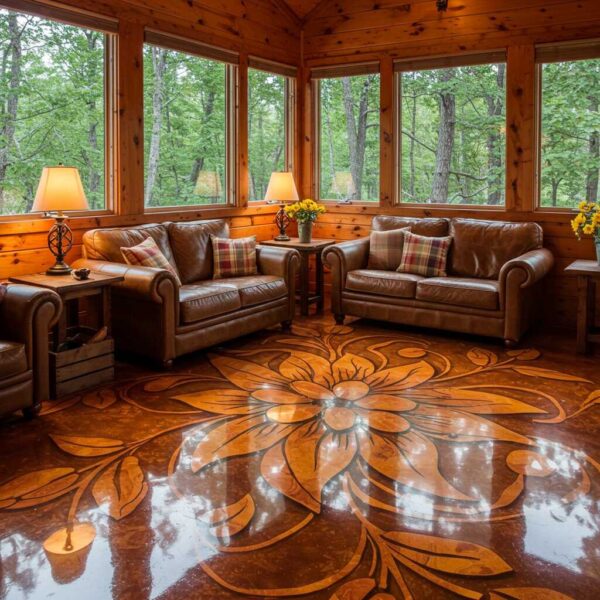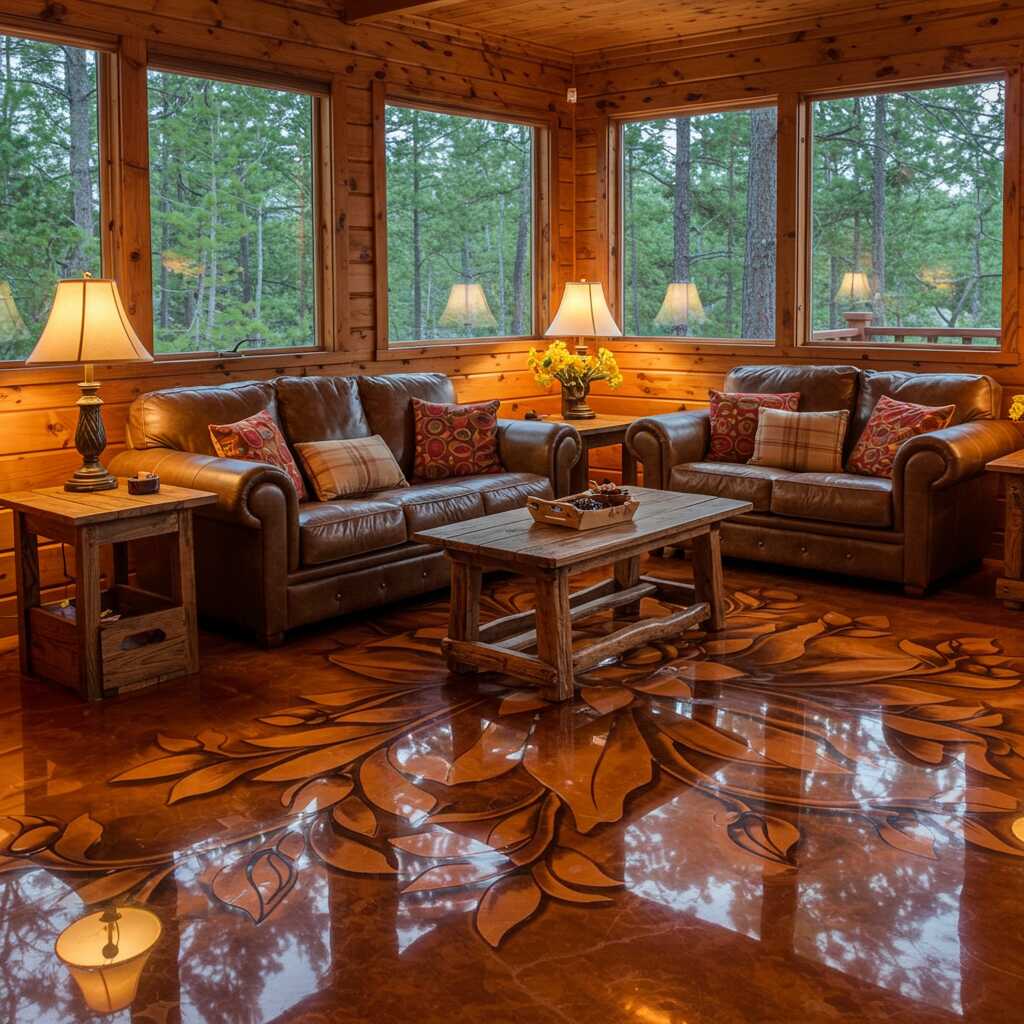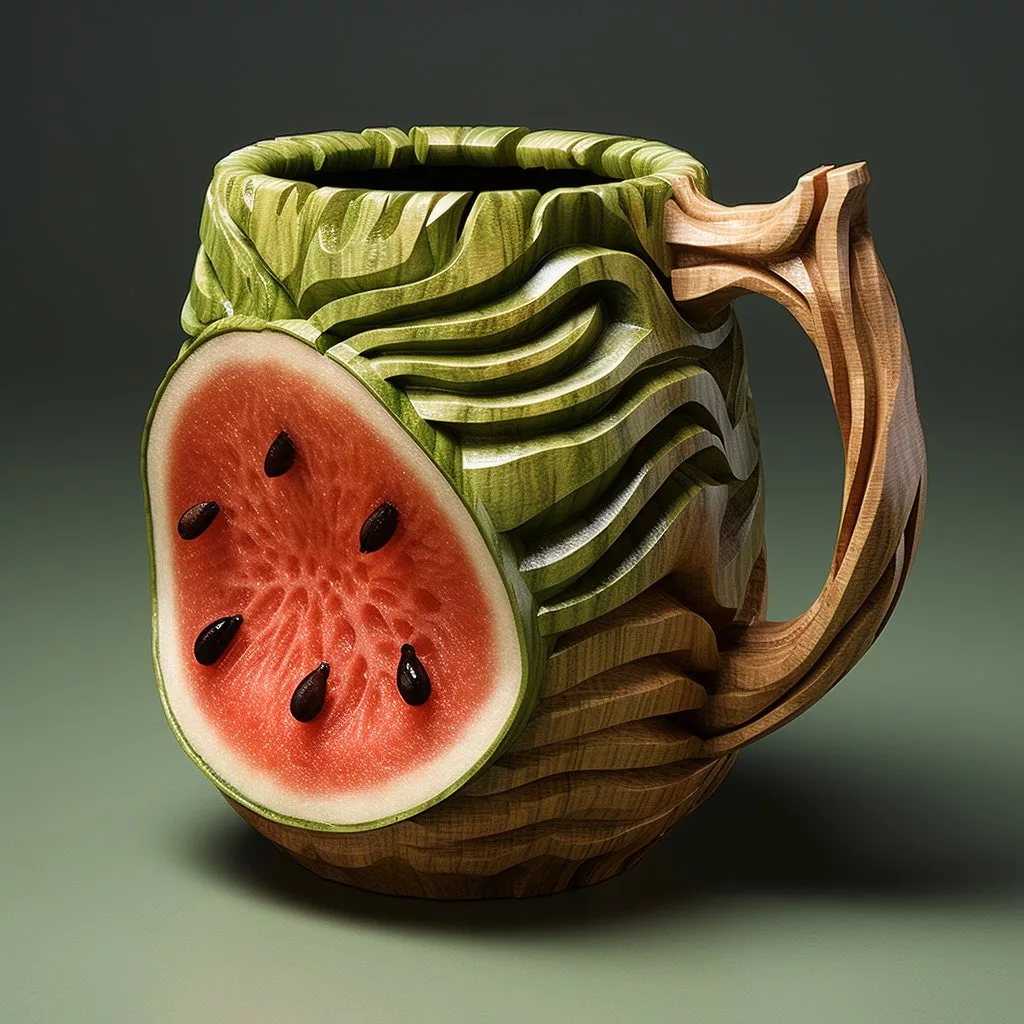The moment you step into a space adorned with floor designs featuring floral motifs, it’s as if the ground beneath your feet begins to tell a story. These intricate patterns, inspired by the timeless beauty of nature, transform ordinary floors into extraordinary works of art. “Step Into Beauty: The Magic of Walking on Floor Designs With Floral Designs” invites you to explore the captivating allure of these designs and the profound emotional impact they have on those who experience them. Whether in grand palaces, serene gardens, or intimate living spaces, floor designs with floral elements have an unparalleled ability to evoke wonder, serenity, and joy. This article delves into the enchanting world of these designs, uncovering their historical roots, cultural significance, and the sensory magic they weave. Through vivid descriptions and thoughtful reflections, we’ll guide you through the journey of how these designs not only decorate spaces but also elevate human experiences, making every step a celebration of beauty and creativity.
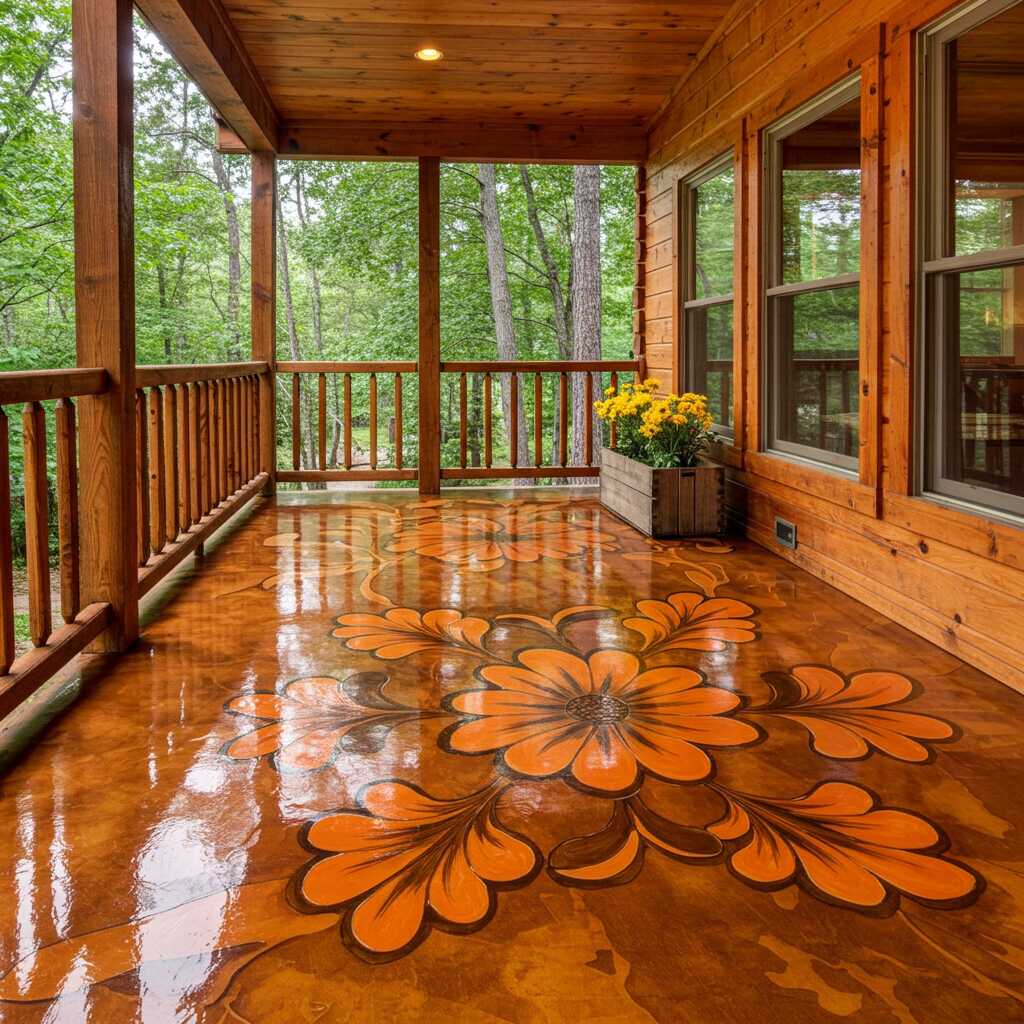
Contents
The Timeless Elegance of Floral Floor Designs
Floor designs with floral motifs have long been cherished for their ability to infuse spaces with elegance and vitality. These designs draw inspiration from the natural world, capturing the delicate intricacies of flowers, leaves, vines, and other botanical elements. From the symmetry of geometrically arranged petals to the organic flow of winding stems, each pattern tells a unique story of harmony and balance. The beauty of floral floor designs lies not only in their aesthetic appeal but also in their versatility. They can be adapted to suit various styles, whether it’s the opulent grandeur of Victorian-era tiles, the minimalist simplicity of modern interiors, or the rustic charm of traditional craftsmanship.
One striking example is the use of mosaic tiles in ancient Roman villas, where artisans meticulously pieced together tiny fragments of colored stone to create sprawling floral mosaics that adorned entire rooms. These designs often featured lotus blossoms, laurel wreaths, and vine motifs, symbolizing prosperity, victory, and eternity. Similarly, in Persian architecture, floral floor patterns were celebrated for their intricate detailing and vibrant colors, often incorporating symbolic elements like the pomegranate flower, which represented fertility and abundance. In Indian temples, traditional rangoli-inspired floor designs are crafted using natural pigments and powders, creating ephemeral floral patterns that honor deities and welcome guests with warmth and grace.
Modern interpretations of floral floor designs continue to captivate with their innovative approaches. For instance, contemporary designers often experiment with unconventional materials such as resin, glass, and metallic inlays to create three-dimensional effects that mimic the textures of real flowers. Whether rendered in bold, dramatic hues or subtle, muted tones, these designs breathe life into any environment, transforming floors into canvases that celebrate the enduring beauty of nature.

A Journey Through History: The Evolution of Floral Floor Designs
The origins of floor designs with floral motifs trace back to ancient civilizations, where they first emerged as expressions of reverence for nature and its divine symbolism. In ancient Egypt, artisans adorned temple floors with intricate depictions of lotus flowers, a sacred emblem of rebirth and purity. These designs were not merely decorative; they were believed to imbue spaces with spiritual energy, connecting the earthly realm to the divine. Similarly, in Mesopotamia, floral patterns carved into stone slabs served as symbols of fertility and abundance, reflecting the agricultural prosperity of the region.
As trade routes expanded during the Renaissance, the influence of floral floor designs transcended borders, blending diverse cultural aesthetics. In Europe, the advent of Gothic and Baroque architecture brought a surge in popularity for elaborate floral tilework, particularly in cathedrals and aristocratic estates. Italian craftsmen excelled in creating terracotta tiles adorned with repeating rosette motifs, while Spanish artisans introduced azulejos—colorful ceramic tiles featuring bouquets and garlands—that remain iconic to this day. Meanwhile, in the Far East, Chinese and Japanese traditions embraced the subtlety of floral floor designs, favoring hand-painted silk screens and lacquered wood panels that depicted cherry blossoms, plum branches, and chrysanthemums, each symbolizing virtues such as resilience and longevity.
Over time, these designs evolved to reflect changing societal values and technological advancements. The Industrial Revolution ushered in mass production techniques, making floral floor designs more accessible to the burgeoning middle class. Victorian homes often featured encaustic tiles with intricate floral patterns, marrying functionality with artistry. Today, the resurgence of interest in sustainable design has led to a renewed appreciation for traditional methods, such as hand-carving marble inlays or reviving age-old dyeing techniques. These historical legacies continue to inspire contemporary interpretations, ensuring that floral floor designs remain a timeless testament to humanity’s enduring connection with nature.
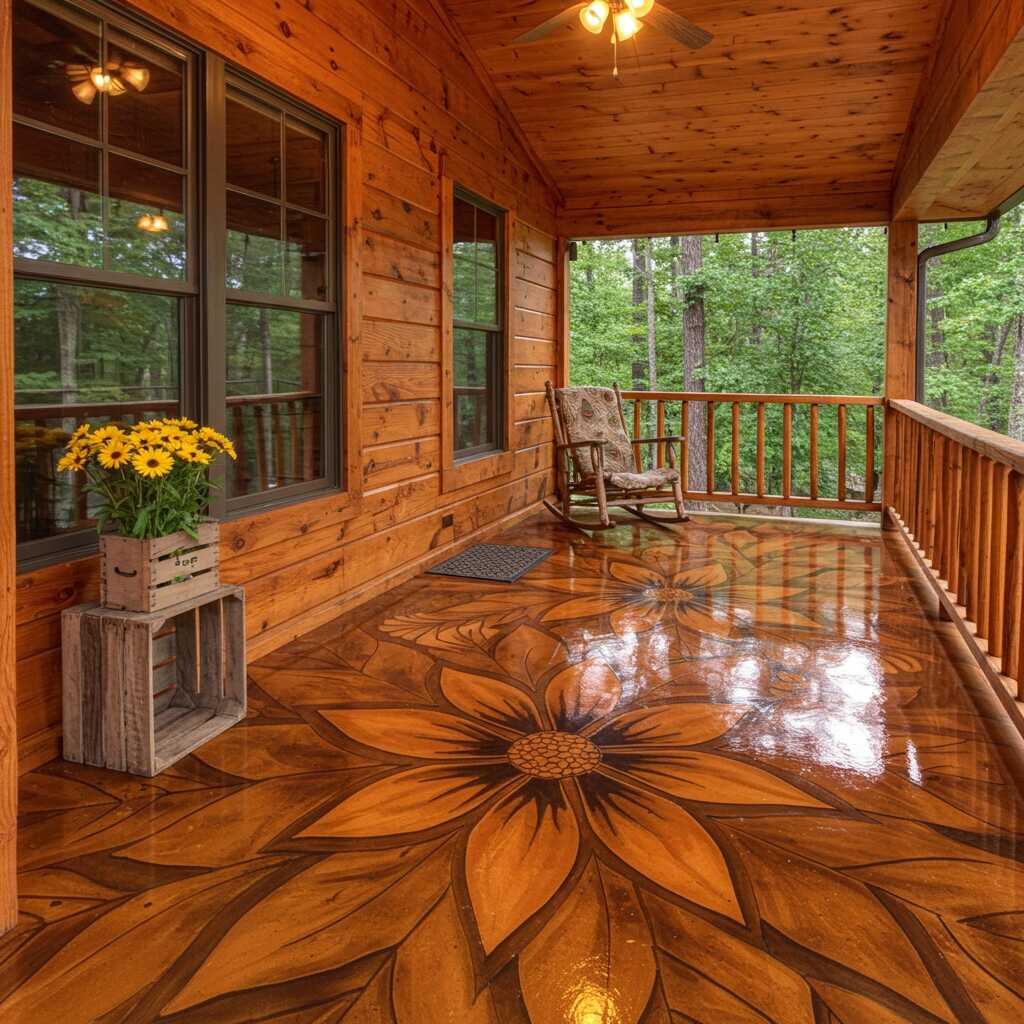
The Emotional Resonance of Floral Floor Designs
Stepping onto a floor adorned with floral designs is akin to entering a sanctuary where emotions are heightened and connections deepen. The visual impact of these intricate patterns immediately draws the eye, inviting admiration and contemplation. Each petal, leaf, and vine seems to pulse with life, creating an illusion of movement that makes the static floor feel alive. This dynamic quality transforms a simple act, such as walking across a room, into a sensory journey that engages both sight and imagination. The interplay of colors—whether soft pastels or rich jewel tones—evokes feelings of warmth, tranquility, or even exhilaration, depending on the design’s palette and arrangement.
Beyond their visual allure, floral floor designs possess an almost magical ability to evoke nostalgia and a sense of belonging. For many, these patterns recall memories of childhood homes, festive gatherings, or cherished cultural traditions. A tiled courtyard with blooming lotus motifs may transport someone to a sunlit afternoon in their grandmother’s garden, while a mosaic of rose-laden vines might evoke the romance of a European villa. These emotional associations make floral floor designs more than mere decoration; they become anchors of identity and memory, weaving personal stories into the fabric of shared spaces.
Moreover, the presence of floral floor designs often fosters a profound connection with nature, even in urban environments far removed from greenery. By bringing the essence of the outdoors inside, these designs create a soothing atmosphere that encourages mindfulness and reflection. Whether one is consciously aware of it or not, the rhythmic repetition of floral patterns can instill a sense of calm, much like the meditative effect of gazing at a flower-filled meadow. This emotional resonance underscores the transformative power of floral floor designs, turning every step into an opportunity for beauty and introspection.
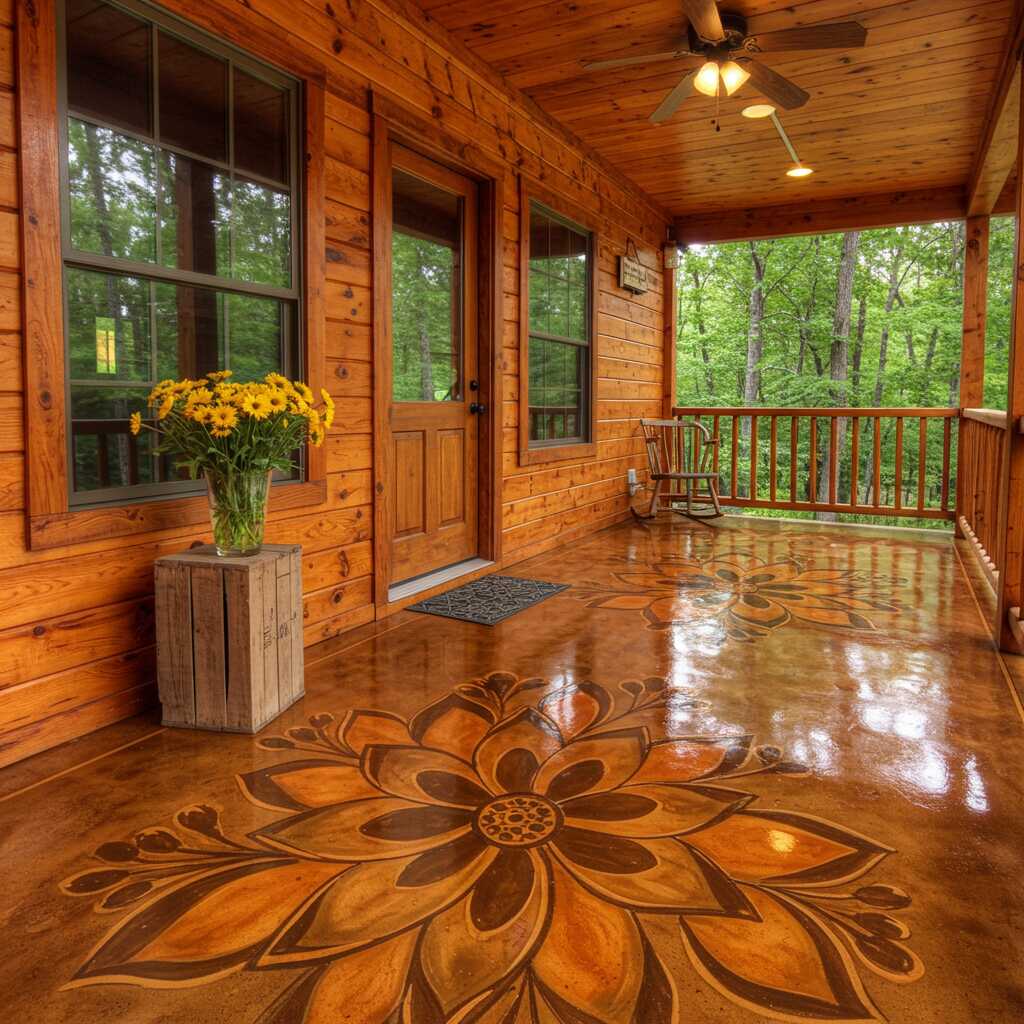
The Artistic Harmony of Floors and Decor
When floor designs with floral motifs are thoughtfully integrated into interior spaces, they transcend their role as mere functional surfaces and emerge as central artistic elements that harmonize with the surrounding decor. These designs serve as a foundation upon which the entire aesthetic of a room can be built, influencing everything from wall colors to furniture choices. For instance, a floor adorned with soft lavender and ivory floral patterns might inspire walls painted in complementary pastel shades, creating a serene and cohesive ambiance. Conversely, bold, geometric floral tiles in deep emerald and gold can anchor a space with a sense of drama, encouraging the use of richly textured fabrics and metallic accents to amplify the luxurious vibe.
The synergy between floral floor designs and other decorative elements extends beyond color coordination. Lighting plays a pivotal role in enhancing the visual impact of these floors, with strategically placed fixtures casting shadows that accentuate the depth and intricacy of the patterns. Natural light filtering through sheer curtains can lend a soft glow to delicate floral motifs, while recessed lighting can highlight the sharp lines of more structured designs. Additionally, rugs and carpets can be used to either complement or contrast with the floor, adding layers of texture and complexity to the overall composition.
Furniture selection also becomes an extension of the floor’s narrative. A minimalist wooden coffee table might echo the organic curves of vine-like patterns, while ornate, vintage chairs could mirror the elegance of a baroque-inspired floral tile. Even smaller details, such as vases filled with fresh flowers or botanical-themed artwork, can reinforce the thematic connection, creating a seamless and immersive environment. By treating floor designs with floral motifs as the cornerstone of interior design, one can craft spaces that feel intentionally curated and deeply evocative, where every element resonates with the others in perfect harmony.
The Transformative Power of Floral Floor Designs in Everyday Spaces
While the grandeur of historical palaces and sacred temples often comes to mind when discussing floor designs with floral motifs, their magic is equally potent in everyday spaces. These designs possess a unique ability to elevate even the most ordinary environments—transforming kitchens, hallways, bathrooms, and offices into havens of beauty and inspiration. By weaving nature’s elegance into the fabric of daily life, floral floor designs remind us that artistry is not reserved for special occasions but can be an integral part of our routines.
Breathing Life into Functional Spaces
Consider the kitchen, a space traditionally associated with functionality rather than aesthetics. A floor adorned with subtle floral patterns—perhaps dainty sprigs of lavender or delicate ivy vines—can infuse this utilitarian room with warmth and charm. As sunlight streams through the windows, casting playful shadows on the intricate tiles, the act of cooking becomes less of a chore and more of a creative ritual. The presence of floral motifs serves as a gentle reminder of the natural ingredients being prepared, forging a deeper connection between the meal and its origins. Similarly, in a hallway, which often serves as a transitional space, a bold floral floor design can command attention and transform what might otherwise be an overlooked area into a striking focal point. Each step down such a corridor feels like a procession through a garden path, inviting mindfulness and appreciation for the journey itself.
Creating Sanctuaries of Serenity
In bathrooms, where relaxation and rejuvenation are paramount, floral floor designs can play a pivotal role in crafting an oasis of calm. Imagine stepping onto cool marble tiles etched with lotus flowers or lily pads after a long day—a tactile and visual experience that mirrors the soothing qualities of water. The organic curves of these designs echo the fluidity of nature, creating a seamless harmony between the elements. Paired with soft lighting and natural materials, such as wooden vanities or stone countertops, floral floors can turn a simple bathroom into a spa-like retreat. This transformation underscores the profound impact of thoughtful design: it has the power to shift our mental state, encouraging us to slow down and savor moments of tranquility.
Inspiring Creativity in Workspaces
Even in professional settings, floral floor designs can inspire creativity and foster a positive atmosphere. Offices and studios often prioritize efficiency over aesthetics, but incorporating floral motifs into the flooring can soften the rigidity of these environments. For instance, a co-working space featuring geometric floral patterns in muted tones can strike a balance between professionalism and playfulness, stimulating innovation without overwhelming the senses. In creative industries like design or writing, where imagination is key, the presence of floral floors can serve as a constant source of inspiration, subtly nudging occupants to think outside the box. The rhythmic repetition of petals or leaves underfoot can create a meditative cadence, helping individuals stay focused yet relaxed during demanding tasks.
Embracing the Enduring Legacy of Floral Floor Designs
In conclusion, the enchantment of floor designs with floral motifs lies not just in their visual splendor but in their ability to transform spaces into realms of beauty, emotion, and connection. These designs serve as bridges between the past and present, carrying centuries of cultural heritage while adapting to modern sensibilities. Their intricate patterns whisper stories of nature’s grace, inviting us to pause and appreciate the artistry underfoot. More than decorative elements, they are conduits of meaning, capable of evoking nostalgia, fostering mindfulness, and celebrating the timeless bond between humanity and the natural world. To walk on such floors is to step into beauty itself—a reminder that art is not confined to walls or galleries but resides in the very ground we tread. Let us cherish and preserve this legacy, allowing floral floor designs to continue inspiring wonder and elevating our shared human experience.

